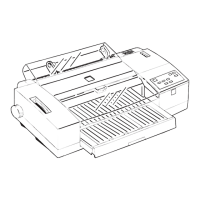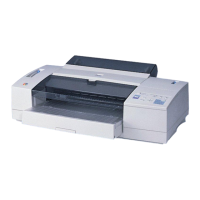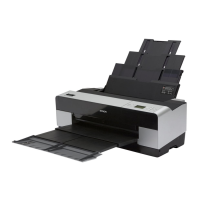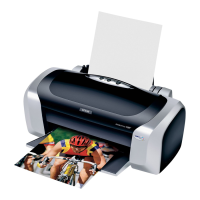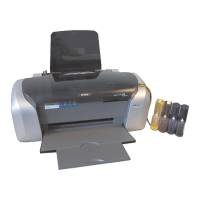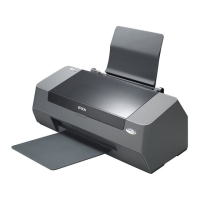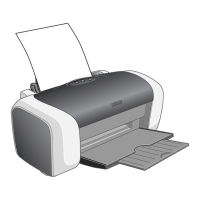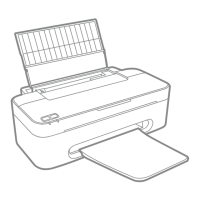Signal
Return
Pin
Pin
Signal
Direction
Description
32
-
ERROR
OUT
This level becomes LOW
when the printer:
1) Is out of paper
2)
The PAUSE button is
pressed
3)
Is in an error state
33
-
GND
-
34
-
NC
35
-
OUT
36
-
NC
IN
Same as for pins
19-30
Not used
Pulled up to 5 V through
1
.O
kQ resistance
Not used
Q
cl
cl
cl
Note:
The column heading “Direction” refers to the direction of signal flow as
Viewed from the printer.
“Return” denotes the twisted-pair return, to be connected at signal
ground level. For the interface wiring, be sure to use
a
twisted-pair
cab/e for
each
signal and to complete the connection on the return
side.
A// interface conditions are based on the
TlZ
level.
Both
the rise and
fall
times of each
signa/
must be less than
0.2
microseconds.
Data transfer must be carried out by observing the ACKNLG or BUSY
signal. Data transfer to this printer
can
be carried out on/y after receipt
of the
ACKNLG signal or when the BUSY signal is LOW.
lnitializa
tion
The printer can be initialized (returned to a fixed set of conditions) in three
ways:
Hardware initialization
* The power is turned on.
* The printer receives an
lNlT
signal from
the parallel interface (pin
31
goes LOW).
The following condition then results:
1)
The printer mechanism is initialized.
2)
The input data buffer is cleared.
3)
The download character set is cleared.
4)
The print buffer is cleared.
5)
The default values are set.
A-10 Appendix
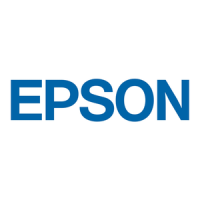
